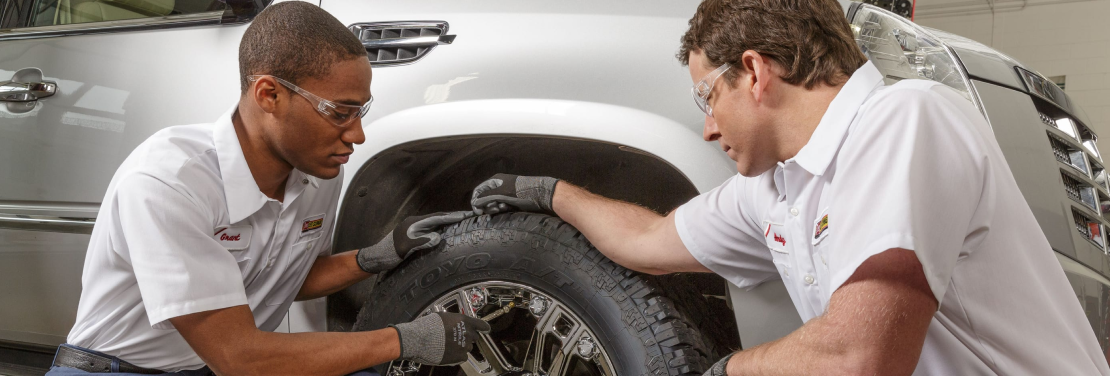Tire Solution: Recognizing Tire Pressure Monitoring Equipments
Recognizing Tire Stress Surveillance Solutions (TPMS) is a critical facet of maintaining optimum automobile performance and safety and security on the road. With developments in automobile innovation, TPMS has actually come to be a typical feature in modern lorries, providing real-time details on tire stress levels.

Significance of TPMS
The relevance of Tire Pressure Monitoring Solutions (TPMS) hinges on their capability to improve car security and efficiency with real-time monitoring of tire stress levels. Keeping the right tire stress is critical for ensuring ideal handling, braking, and general security of a lorry. TPMS supplies vehicle drivers with immediate comments on any type of underinflated or overinflated tires, allowing for timely changes to be made.
Parts of TPMS
Comprising different essential components, a Tire Stress Monitoring System (TPMS) functions as a sophisticated safety and security feature in modern-day automobiles. The primary components of a TPMS include sensors, a control module, and a warning indicator. Sensors are usually located in the tire shutoff stem or connected to the wheel assembly, where they determine tire stress and send information to the control component. The control module procedures this details and activates a caution if it detects considerably low stress in any one of the tires. The caution indicator, commonly an icon on the control panel, informs the vehicle driver to inspect the afflicted tire or tires. Some progressed TPMS designs also display the real tire stress analyses for every tire, supplying drivers with real-time details to make certain ideal tire efficiency and security. By keeping an eye on tire pressure continually, TPMS assists protect against mishaps, lowers tire wear, and enhances fuel efficiency, making it a crucial element for car safety and security and efficiency.
Kinds Of TPMS

On the various other hand, indirect TPMS depends on the lorry's wheel speed sensing units to monitor tire pressure. This system detects underinflation by comparing the rotational speeds of the wheels. Indirect TPMS is less expensive than direct TPMS, as it makes use of existing sensors within the vehicle.
While straight TPMS offers more accurate analyses, indirect TPMS is easier in style and generally requires much less upkeep. Both systems have their benefits and restrictions, and the selection between them commonly depends on elements such as cost, lorry make, and personal preference. Recognizing the differences between these 2 kinds of TPMS can assist lorry proprietors make educated decisions relating to tire maintenance and safety and security.
TPMS Maintenance Tips
Conduct regular checks on the tire stress degrees and compare them with the TPMS readings to ensure they are regular. During tire rotation or replacement, make sure that the TPMS parts are taken care of important link very carefully to stop any prospective damages. If the TPMS cautioning light brightens on the dashboard, attend to the problem quickly by inspecting the tire pressures and the general system for any type of mistakes.
Advantages of Correct Tire Pressure
Maintaining correct tire stress, as emphasized in TPMS Maintenance Tips, is essential for reaping the many benefits linked with optimal tire pressure degrees. In addition, appropriate tire stress ensures also tire wear, extending the life expectancy of the tires and advertising much safer driving problems. In conclusion, the benefits of appropriate tire stress go past just tire longevity; they incorporate boosted gas efficiency, improved security, much better lorry performance, and overall driving comfort.
Verdict
Finally, comprehending tire pressure tracking systems (TPMS) is crucial for maintaining optimum tire pressure and ensuring vehicle security. By recognizing the value of TPMS, being Continue familiar with its components, knowing the different kinds available, sticking to proper upkeep ideas, and realizing the benefits of keeping proper tire stress, motorists can enhance their driving experience and lengthen the lifespan of their tires. Correct tire stress is vital to secure and effective lorry operation.
